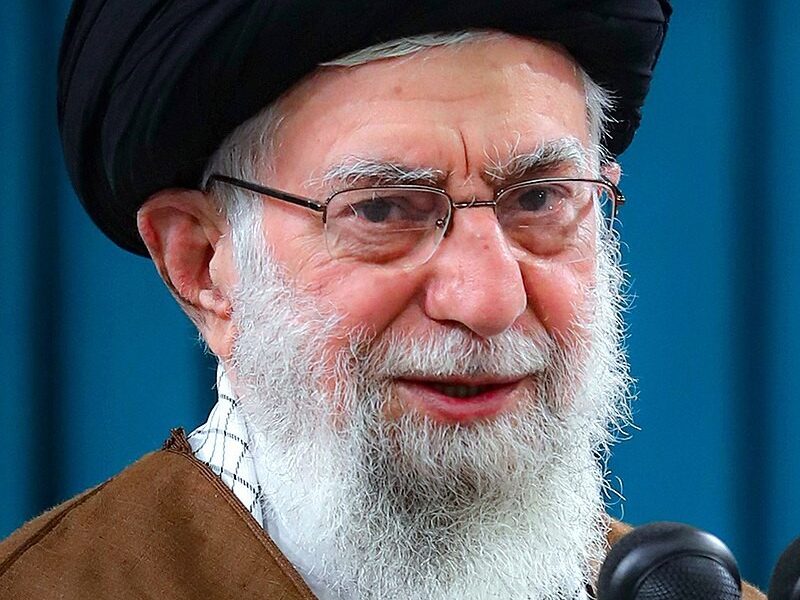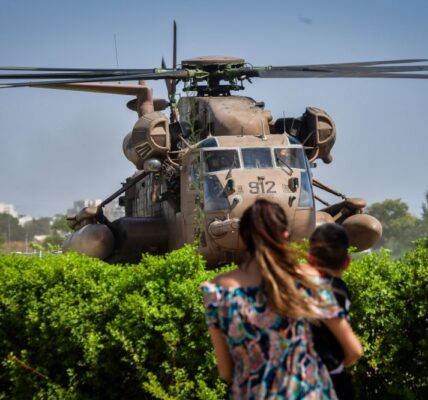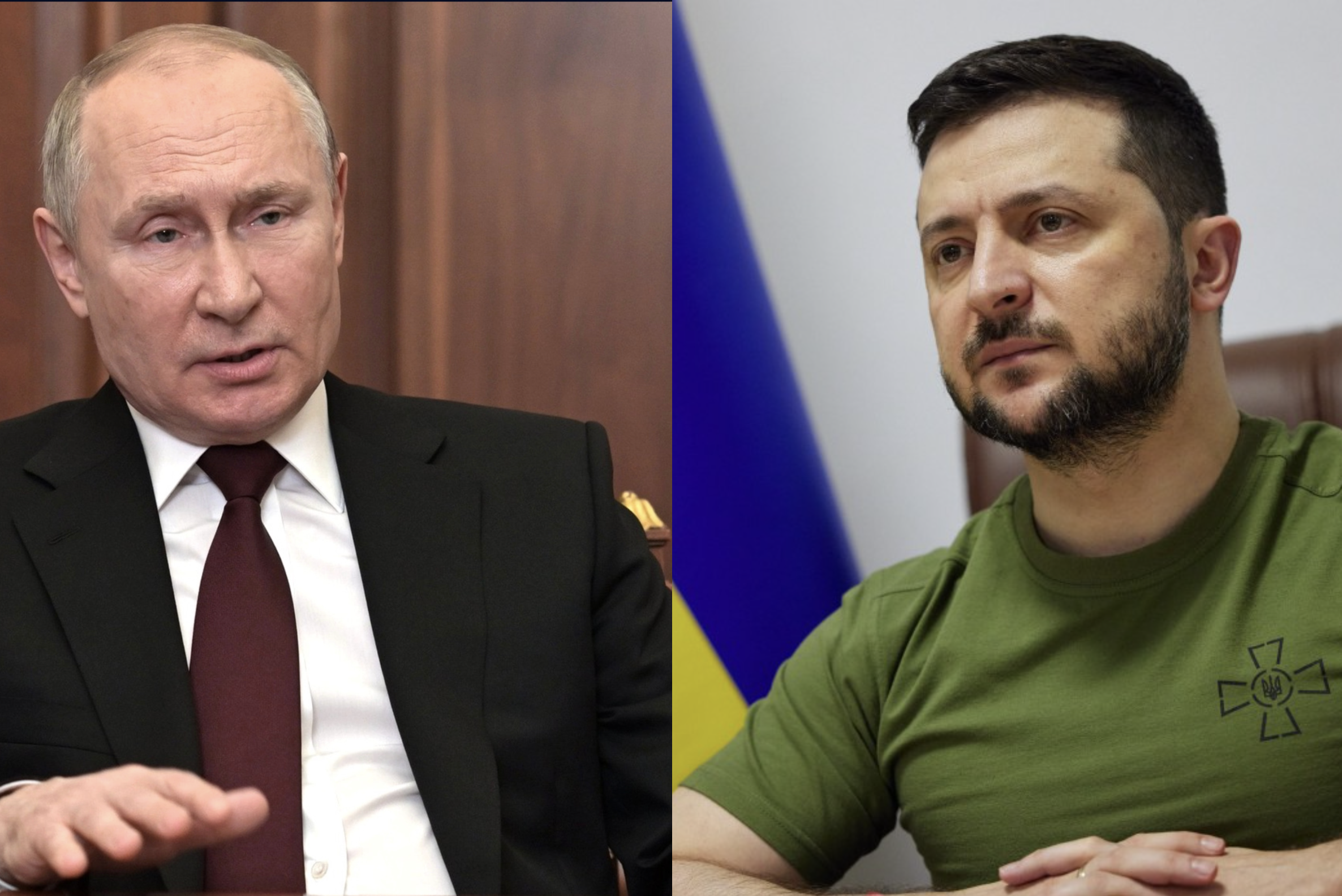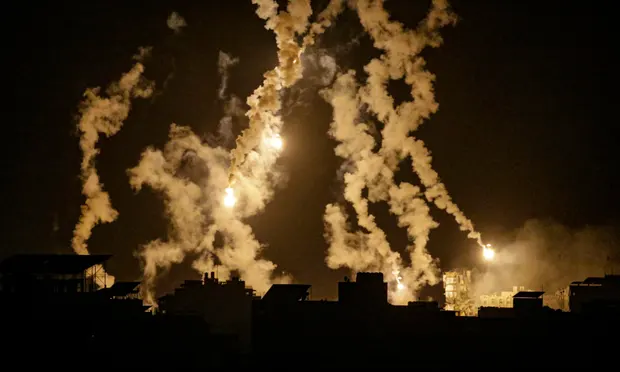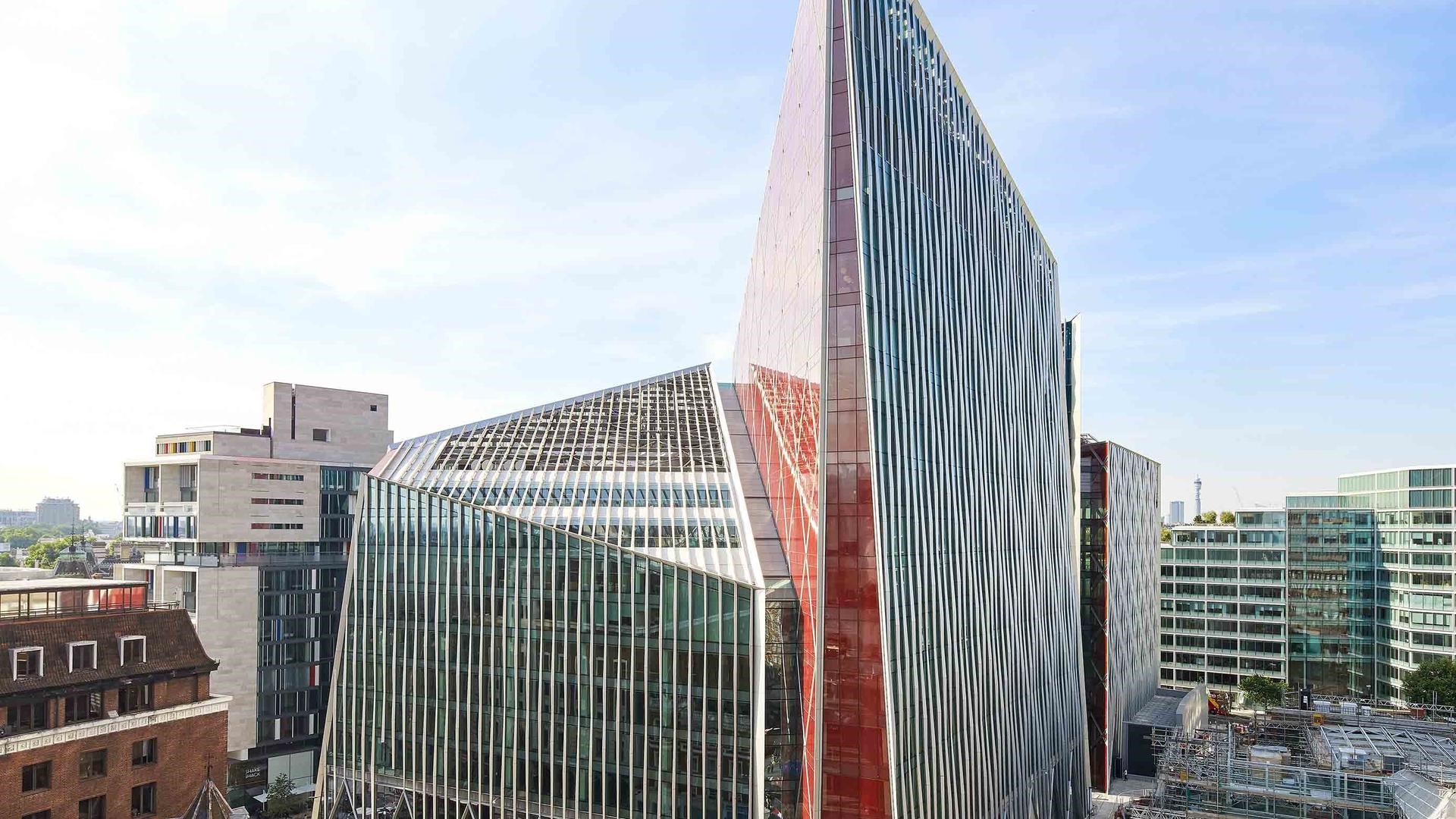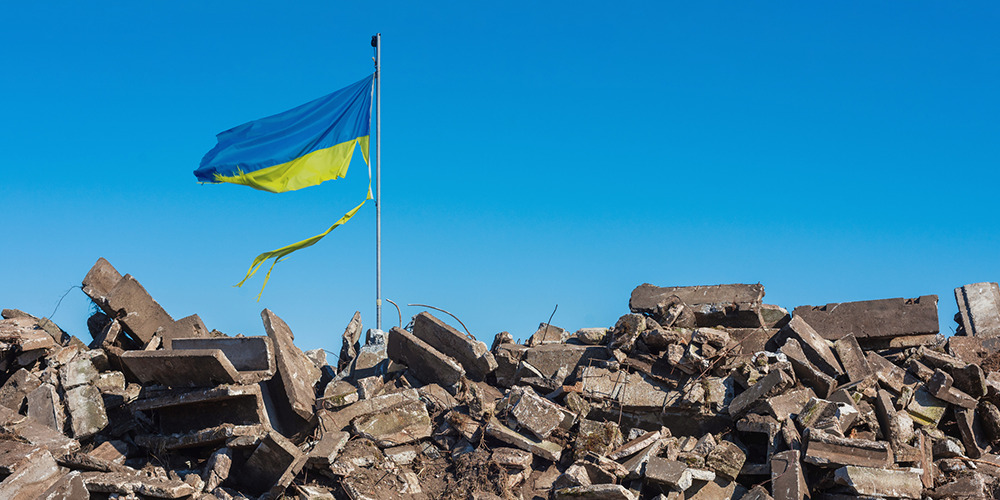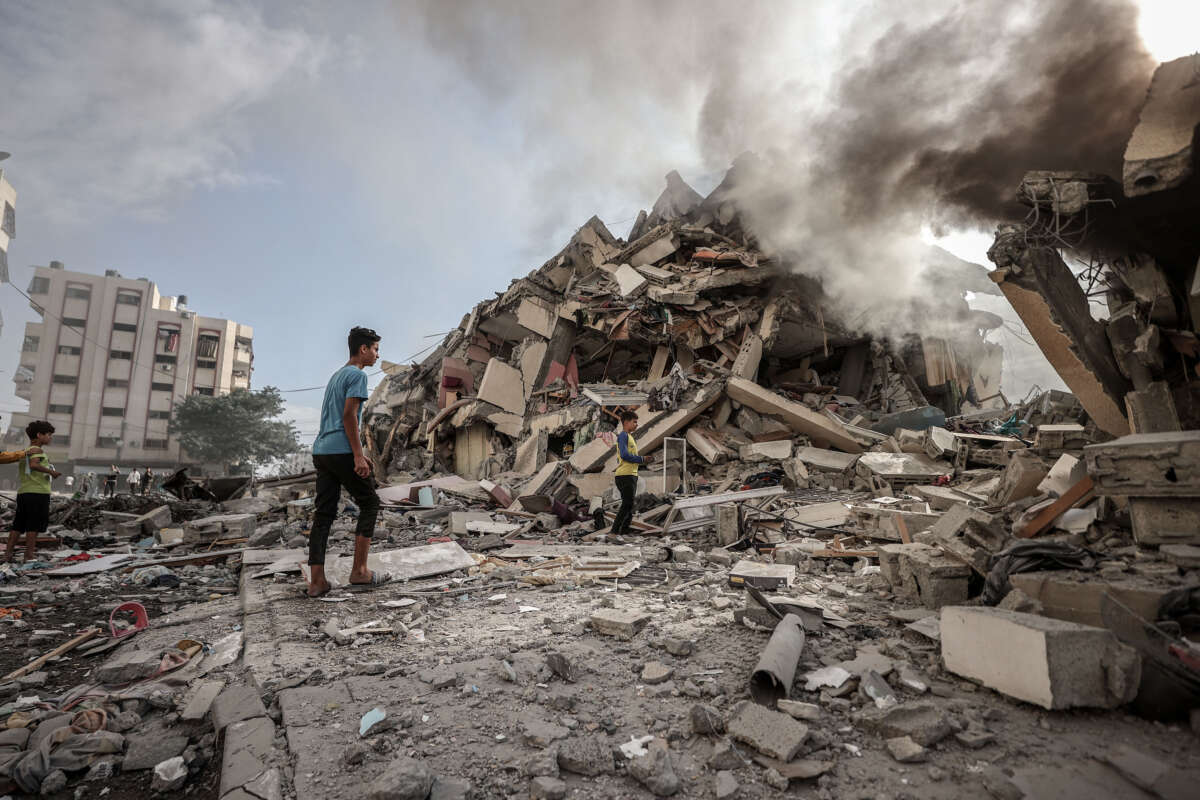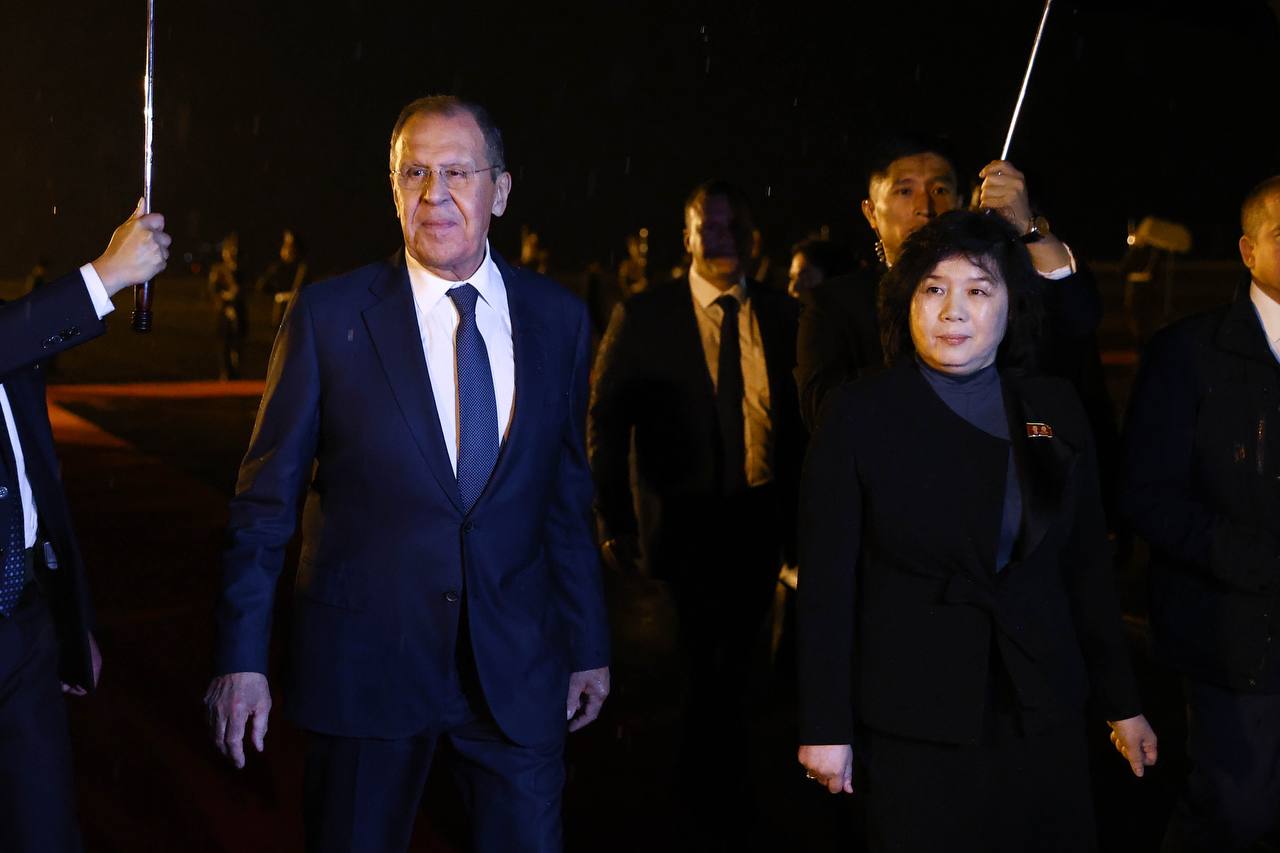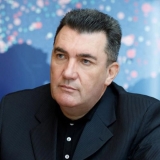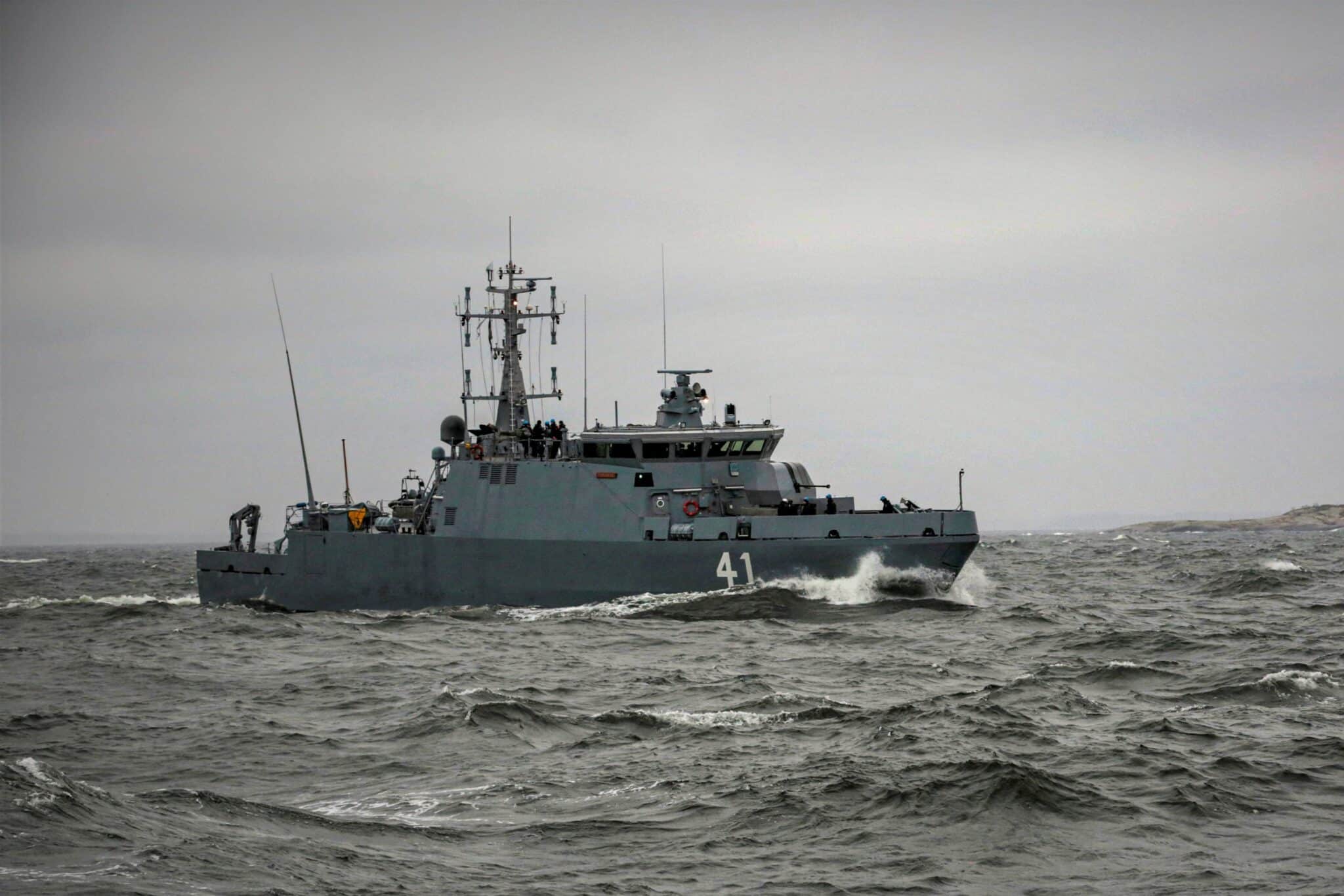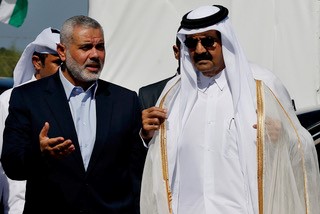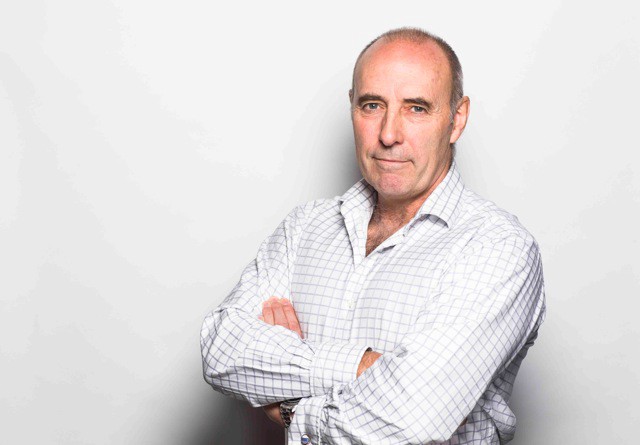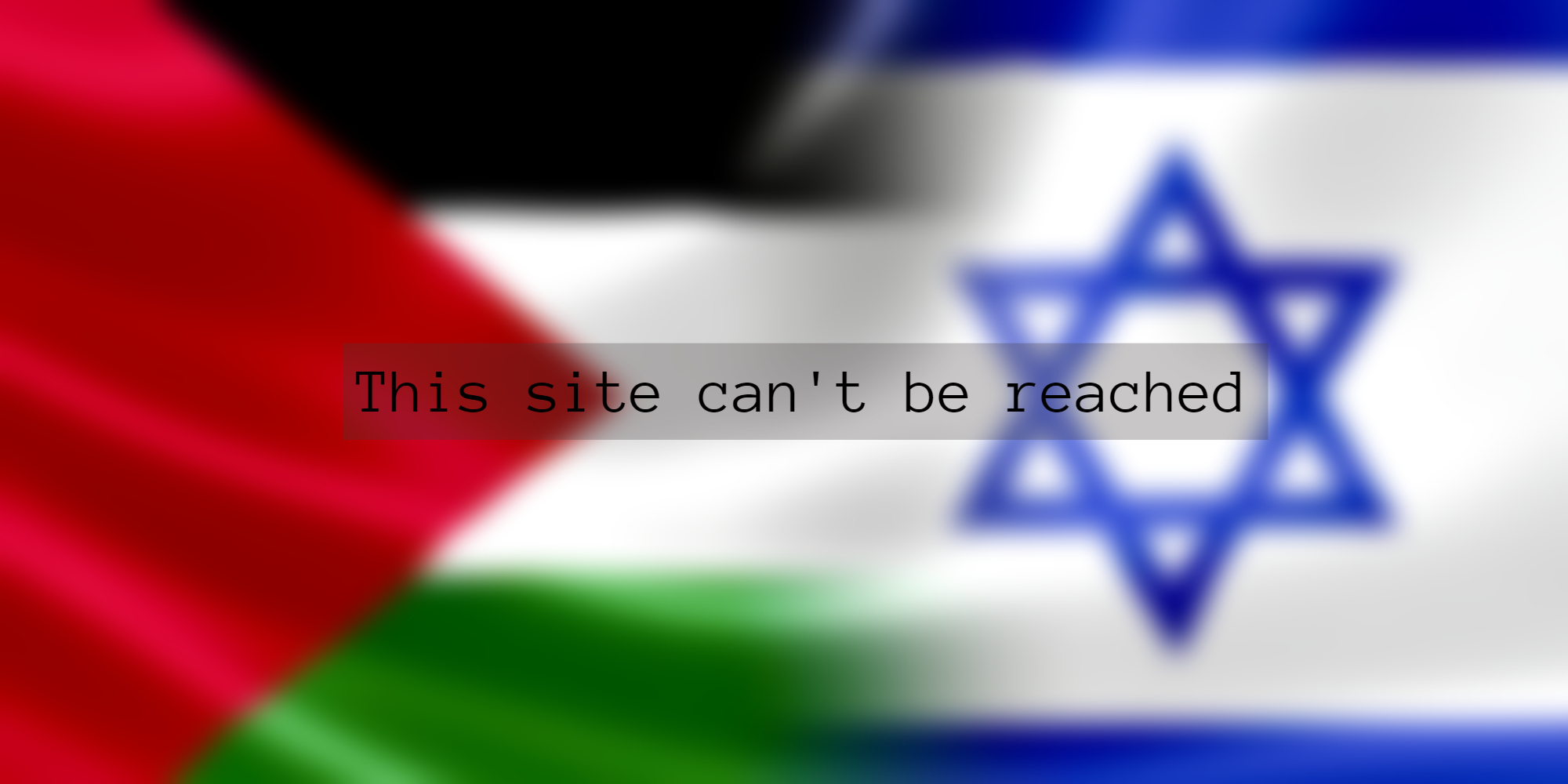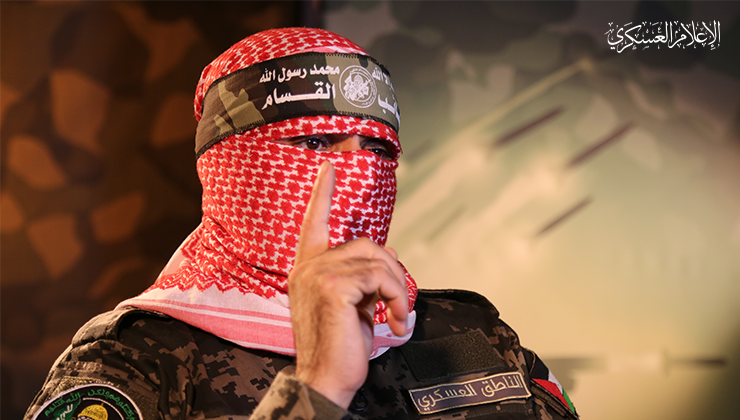Iran has spent over 16bn USD since 2012 building a terror network across the Middle East as part of its plan to become the major strategic force within the region.
The Shia theocracy now has allies among more than a dozen major terrorist organisations, some with their own political parties, who are almost completely dependent on Iranian funding.
Iran uses the terrorist groups to foment instability, expand the scope of the Islamic Revolution, and carry out terrorist attacks against Western targets in the region and around the world.
The IRGC and its Quds Force, which specialises in military intelligence and terrorist operations, provide arms, training and financial support to militias and political movements in at least six countries including Bahrain, Iraq, Lebanon, the Palestinian Territories, Syria and Yemen.
The main terrorist groups Iran funds, which are often described, sometimes incorrectly, as, proxies, include the Houthi Rebels in Yemen, Hamas and the Palestinian Jihad Group in the Palestinian Territories and Hezbollah in Lebanon.
In Iraq, the Iranian regime directly funds the Badr Organisation along with Kataib Hezbollah and at least five other groups, according to the US State Department.
Iran also supports the Al Ashtar Brigades and the Saraya al Mukhtar group – also known as the Bahraini Islamic Resistance in the gulf island of Bahrain.
In Syria the IRGC has specifically manufactured two proxies with the specific purpose of targeting Israel – the Shiite Afghan Fatemiyoun and Pakistani Shiite Zainabiyoun militias, which were created during the Syrian civil war.
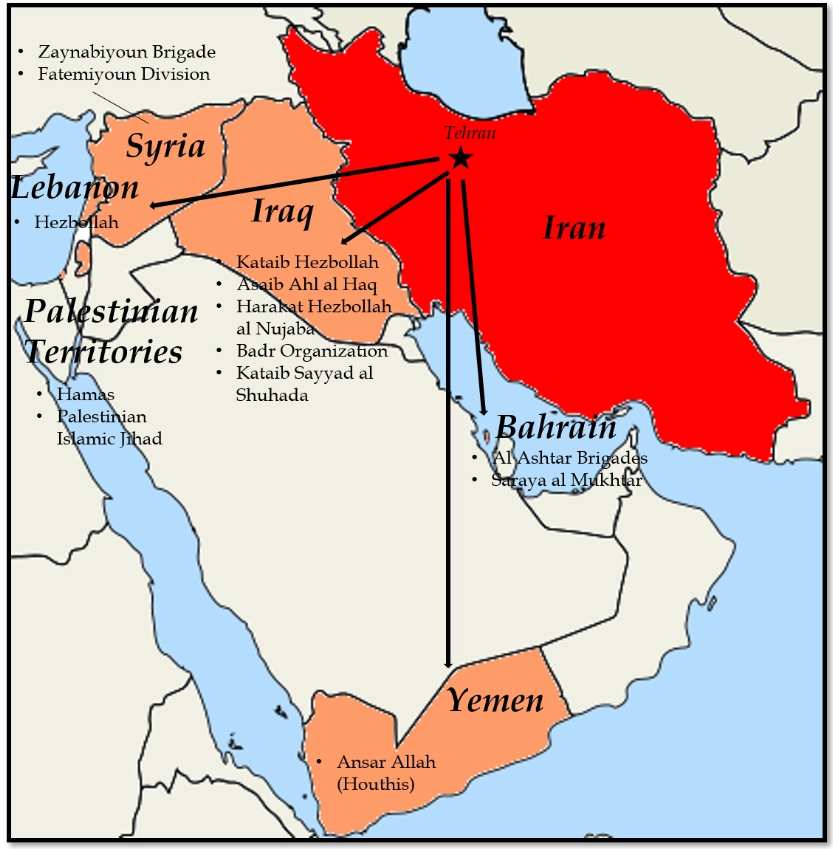
The breakdown of Iranian funding, as estimated by the US State Department, shows that the Assad regime in Syria receives over 4.6bn USD; groups in the Palestinian territories are paid 100m USD; Hezbollah in Lebanon is paid 700m USD. The Houthi militias in Yemen also receive over 100m USD in funding from Iran as well as anti-ship and anti-aircraft missiles.
But the threat by Iran now extends well beyond the Middle East. Under orders from the 84-year-old Iranian Supreme Leader Ali Khamenei, who has reputedly overseen the assassination of 160 exiled defectors worldwide.
A number of countries outside of the Middle East including Argentina, Thailand, Albania, Denmark, France, India, Kenya, have accused Iran’s Islamic Revolutionary Guards Corps (IRGC) of plotting assassinations or bombings in their countries and others against perceived enemies of the Iranian government.
Iran has begun to directly target the UK. Ken McCallum, the Director General of MI5, has revealed that Iran projected threats “directly” in the UK through its “aggressive intelligence services”.
This included ambitions to kidnap or even kill British or UK-based people perceived as enemies of the regime, he said.
He said: “We have seen at least 10 such potential threats since January (2022) alone”, his warnings came after it emerged that Iranian journalists based in the UK had received warnings from the police about potential risks to their lives.
Mr McCallum said MI5 had been working with domestic and international partners to disrupt what he called “completely unacceptable activity”.
At a Five Eyes Security Summit in California shortly after the Hamas attacks in October, the MI5 Chief warned that Iranian-backed terrorists could carry out attacks in the UK.
He said: “We have obviously been concerned about Iran’s behaviour in the UK for a long time. In particular, the last 18 months or so have been a particularly intensive phase of Iran-generated threat on UK soil.
“Plainly, events in the Middle East sharpen the possibility that Iran might decide to move into new directions. I wouldn’t rule out the possibility that could include the UK, but we are already operating at a high level of Iran-generated threat.
“For the most part, the activity we’ve seen backed by Iran in the UK for the last 18 months or so has been targeted at the regime’s own internal enemies, dissidents, Farsi media organisations. Not exclusively, but predominantly.”
Those views were reinforced by Lord David Cameron, the former Prime Minister, when he rejoined the Tory Party as Foreign Secretary.
Three weeks ago, Lord Cameron said: “Iran is a thoroughly malign influence in the region and in the world – there’s no doubt about that. You’ve got the Houthis, you’ve got Hezbollah, you’ve got the Iranian-backed militias in Iraq that have actually been attacking British and American bases, troops.
“And, of course, Hamas. So, you’ve got all of these proxies, and I think it’s incredibly important that, first of all, Iran receives an incredibly clear message that this escalation will not be tolerated.
“Second of all, we need to work with our allies to develop a really strong set of deterrent measures against Iran, and it’s important that we do that. The level of danger and insecurity in the world is at an extremely high level compared with previous years and decades, and the Iran threat is a part of that picture.”
After the October 7th attacks, many western observers believed that Iran could be drawn into a major war in the Middle East, if Israel entered southern Lebanon and attacked Hezbollah. That scenario has yet to develop. But last week’s decision by the US and the UK to launch air attacks against Houthi positions in Yemen in a bid to get the militias to cease attacking international shipping in the Red Sea is seen by many observers as a step closer to a damaging conflict with Iran.

